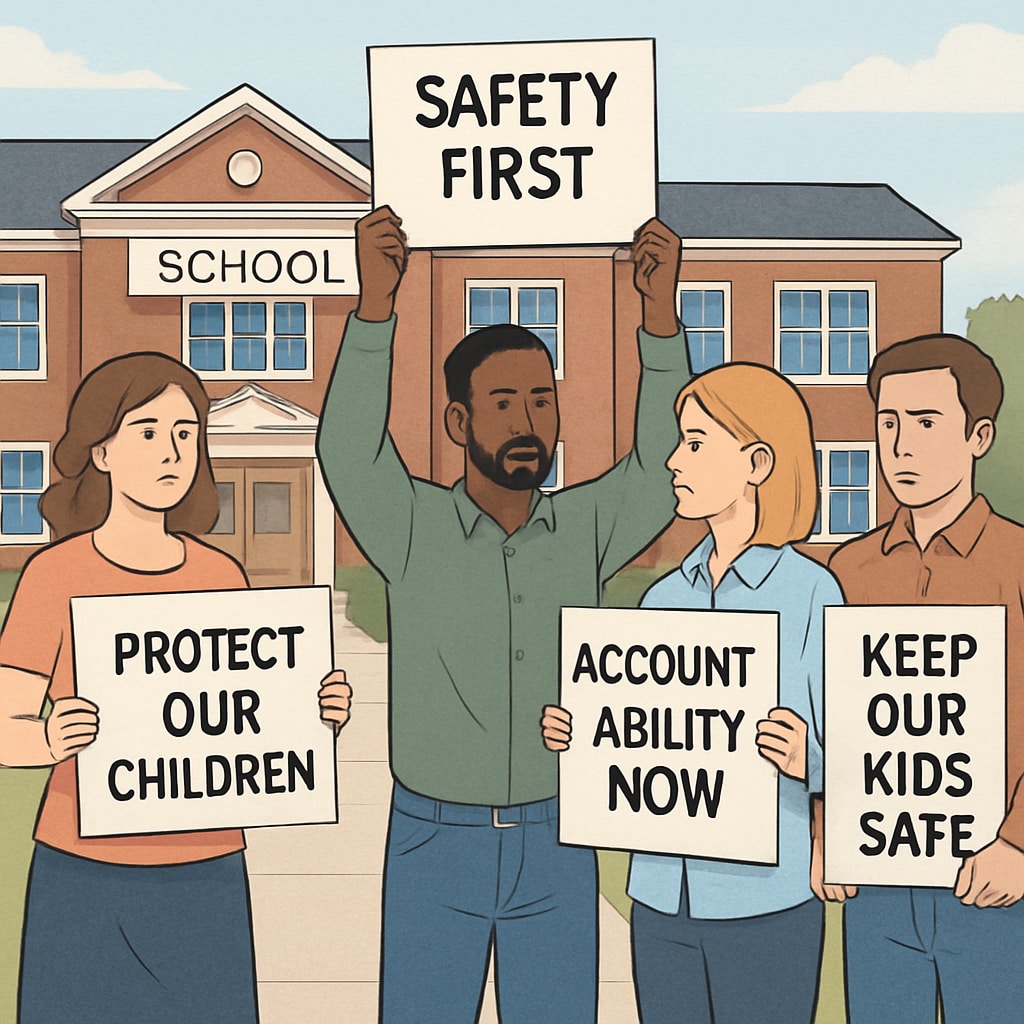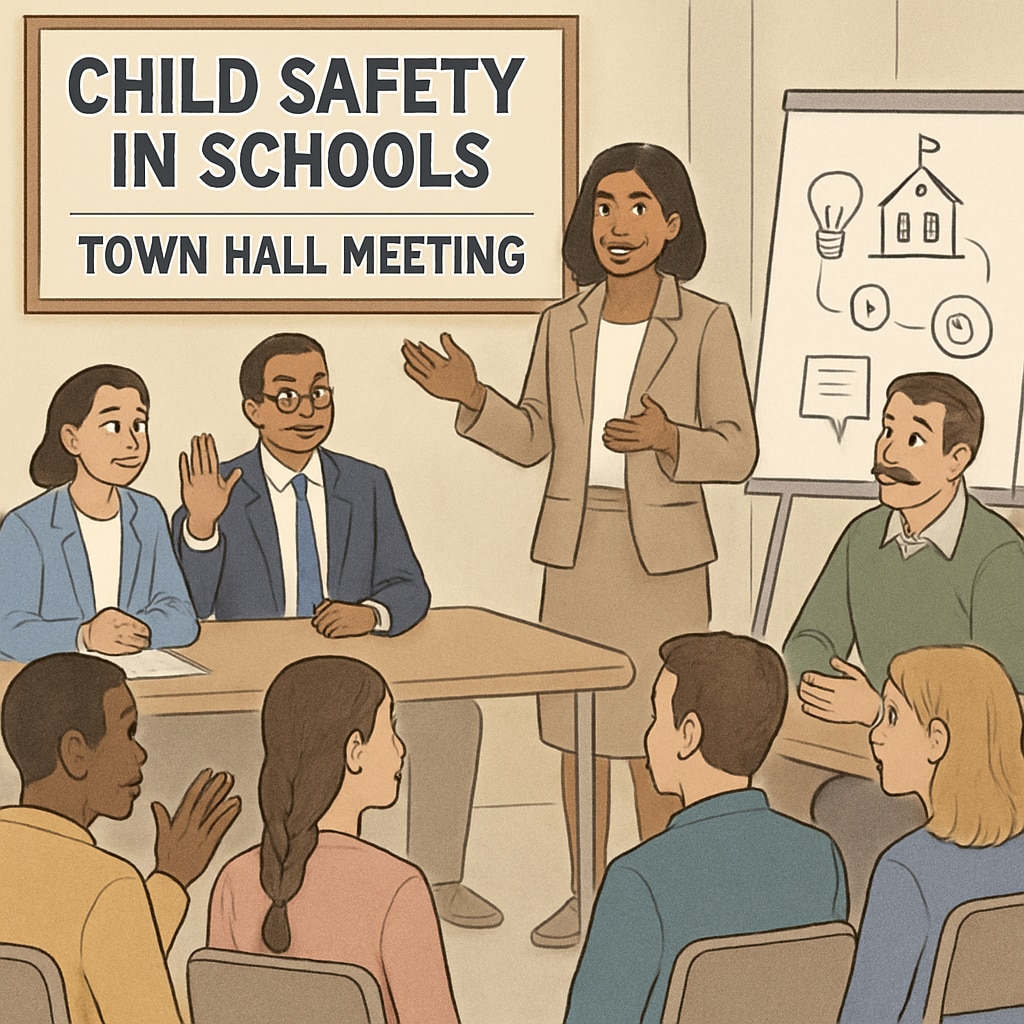When individuals with child abuse records are allowed to serve on school boards, it creates a significant threat to the safety and trust within educational environments. Communities across the globe are rising in protest, ensuring that child safety remains the top priority in schools. This article explores the dangers of such appointments, community-led efforts to resist them, and actionable steps parents and concerned citizens can take to protect schools.
The Impact of Child Abuse Records on School Leadership
School boards hold immense influence over the policies and day-to-day operations of educational institutions. Their decisions shape the environment in which children learn and grow. Allowing individuals with a history of child abuse to hold positions of authority in school governance jeopardizes not only the safety of students but also the trust families place in these institutions.
Such appointments send the wrong message about accountability and child protection. For example, child abuse, defined as physical, emotional, or sexual harm inflicted on minors, is widely acknowledged as a critical social issue. Allowing individuals with such a past to oversee schools undermines the very purpose of these governing bodies.

Community Action: A Collective Force for Change
Communities play a pivotal role in safeguarding educational environments. Protests, petitions, and public forums empower citizens to demand accountability from school boards and local governments. Here are some effective strategies:
- Petitions: Launch online or physical petitions to gather widespread support against the appointment.
- Public Forums: Organize open discussions to raise awareness about the issue and unite community members.
- Media Outreach: Engage local and national media to amplify concerns and bring visibility to protests.
- Legal Action: Consult legal experts to determine if the appointment violates any child protection laws.
These steps can help communities hold institutions accountable, ensuring that decisions align with the best interests of children.

Legal and Ethical Considerations
While protesting is a powerful tool, tackling this issue also requires adherence to legal and ethical principles. For example, communities can work with organizations specializing in child protection to ensure their efforts are aligned with existing laws and regulations. Transparency and evidence-based advocacy can further strengthen the legitimacy of their actions.
It’s essential to focus on the broader goal: creating safe, supportive environments for students. By emphasizing child safety and ethical governance, communities can foster meaningful change without resorting to overt aggression or divisive tactics.
Securing the Future: Long-Term Strategies
Beyond protests, communities should advocate for systemic solutions to prevent similar issues in the future. Here are some long-term strategies:
- Background Checks: Require comprehensive checks for all school board candidates.
- Policy Reform: Push for legislation that disqualifies individuals with child abuse records from holding educational leadership roles.
- Educational Campaigns: Provide training and awareness programs for parents and educators about child safety concerns.
By implementing these measures, communities can establish safeguards that protect students and reinforce the integrity of education systems.
Readability guidance: This article uses short paragraphs, bullet points for clarity, and transitions like “however,” “therefore,” and “for example” to ensure accessibility. It balances active and passive voice for a professional tone while maintaining readability.


